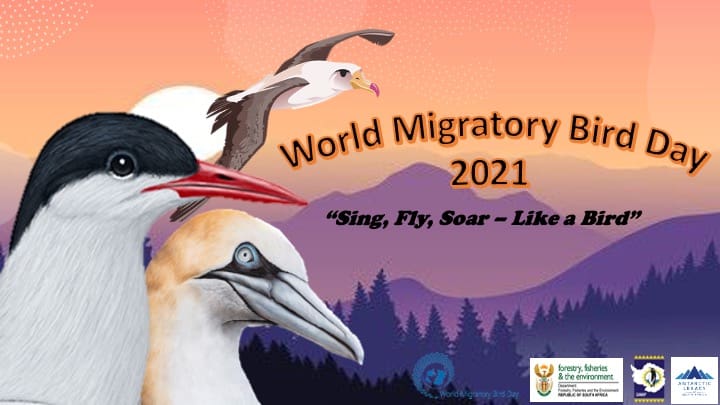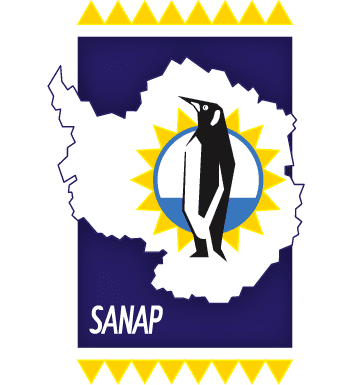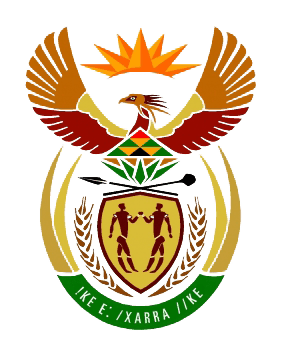
“Sing, Fly, Soar – Like a bird!” That is the 2021 theme for World Migratory Bird Day, observed on the 8th May and on the 10th October (International Migratory Bird Day). This theme highlights the phenomena of the “bird song” and “bird flight” which inspires people to celebrate and appreciate migratory birds, their habits and unique behavioural patterns.
In a joint collaboration between the Secretariat of the Agreement on the Conservation of African-Eurasian Migratory Waterbirds (UNEP-AEWA) and Secretariat of the Convention on the Conservation of Migratory Species of Wild Animals, a day to observe and highlight the need for conservation of migratory birds was initiated. World Migratory Bird Day (WMBD), was officially established in 2006 and served as a yearly awareness-rising campaign to highlight the importance of migratory birds and the need for global conservation of the “Flyway” regions.
 These “Flyway” regions are denoted as theAmericas, African-Eurasian and East Asian-Australasian and highlight the migratory patterns of birds. The 2021 theme for WMBD is to inspire people around the globe to share in the desire to celebrate migratory birds and unite in the common effort to protect the diverse habitats which these birds need to survive.
These “Flyway” regions are denoted as theAmericas, African-Eurasian and East Asian-Australasian and highlight the migratory patterns of birds. The 2021 theme for WMBD is to inspire people around the globe to share in the desire to celebrate migratory birds and unite in the common effort to protect the diverse habitats which these birds need to survive.
The South African National Antarctic Program (SANAP) plays a large role in the conservation and preservation of Marine Birds and their habitats. Ornithology researchers (Birders) deployed to Marion Island and Gough Island (South African research bases) are tasked with updating ongoing databases and continue conservation efforts in protecting the marine bird population on the islands. Similarly, Birders (ornithologists) are deployed on the SA Agulhas II for the duration of a voyage in order to observe and count marine birds at sea. This data is used by BirdLife South Africa to continue efforts in conservation. To read more about the ongoing conservation projects around the Sub-Antarctic Islands, refer to the following links: Gough Island project – https://www.goughisland.com/ Marion Island project- www.mousefreemarion.org


(L-R) Wandering Albatross perched on a nest, Atlantic Yellow Nosed Albatross.
On this World Migratory Bird Day, take the time to actively listen to and watch the birds wherever you are. Activities such as bird watching and identification is encouraged in order to nurture a shared appreciation of birds and nature. The take home message for WMBD 2021 is that “migratory birds connect us with their unique songs and flights, and remind us of the importance of working together, across borders, to protect them.”
For further reading on current and past Marine Bird research projects conducted by scientists such Dr Maelle Connon please refer to https://www.sanap.ac.za/explore/research. If you wish to view more images of birds please take the time to browse the archive.
Fun Fact

Arctic Tern (https://ebird.org/species/arcter/)
The Arctic Tern has the longest migratory pattern following a convoluted route from its Northern breeding grounds (Arctic) to the Antarctic coast for summer season and returning north six months later.
Cover image: Tahlia Henry






